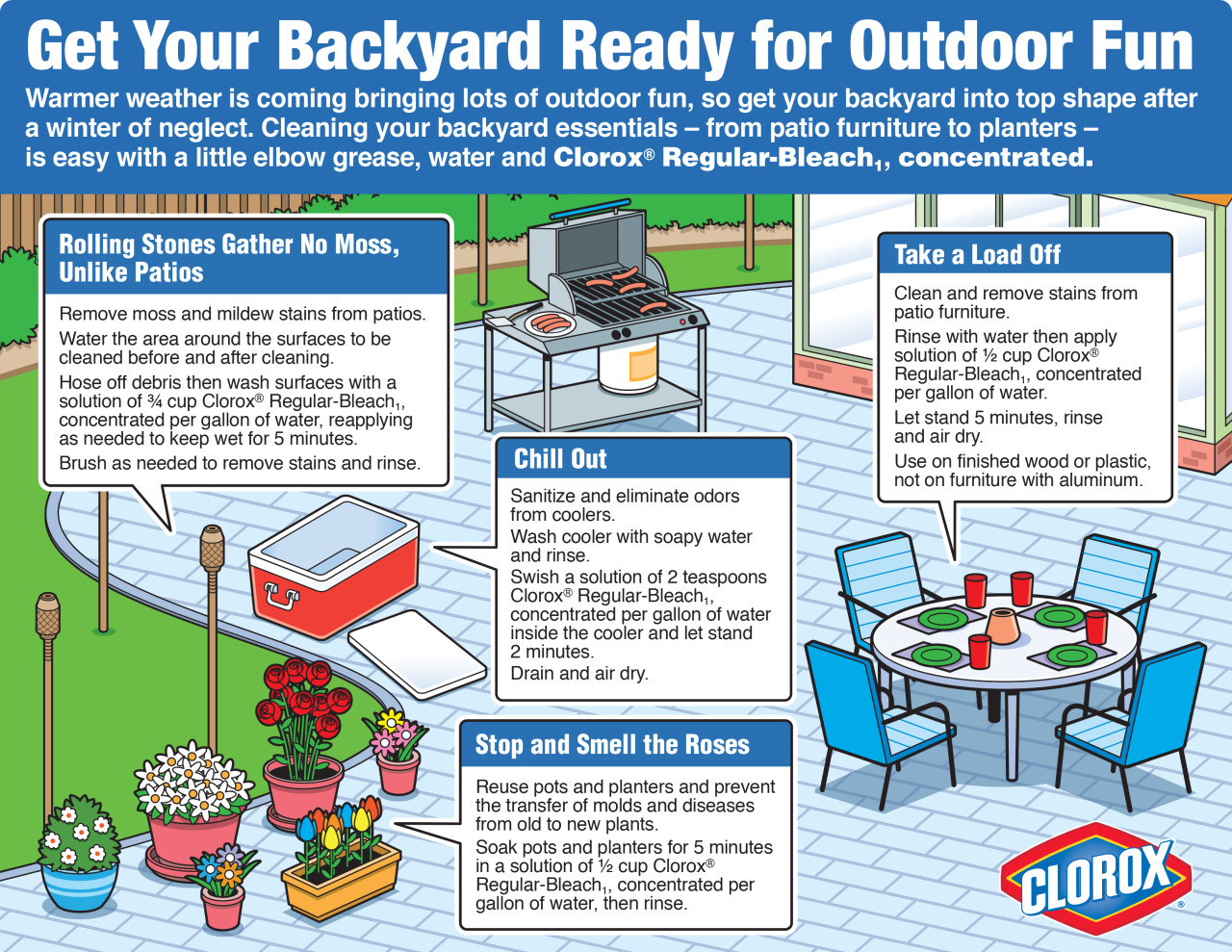Introduce The Interesting Expedition Of Restoring Old Cabinets, Uncovering Failed To Remember Stories And Untangling The Enigmas Of The Pasts
Introduce The Interesting Expedition Of Restoring Old Cabinets, Uncovering Failed To Remember Stories And Untangling The Enigmas Of The Pasts
Blog Article
Authored By-Arildsen Stefansen
To start the journey of recovering antique cabinets, you need a keen eye for detail. Picture discovering surprise tricks within each layer of background embedded in the wood. Picture the complete satisfaction of restoring a once-forgotten piece to its former splendor. Every step of this precise procedure holds the crucial to protecting the past while creating a future heirloom. So, are you prepared to embark on this transformative undertaking and unlock the possibility of your antique cabinets?
Examining the Cabinet's Problem
When beginning the restoration procedure, beginning by assessing the condition of the antique cabinet. Meticulously check out the total framework for any type of signs of damage such as fractures, chips, or loose joints. Check the timber for any rot, bending, or insect infestation that might have happened gradually. It's essential to establish the degree of the restoration required before proceeding further.
Next, evaluate the closet's hardware such as hinges, handles, and locks. Make note of any kind of missing out on pieces or parts that require repair or replacement. Make sure that all hardware is functioning properly and safely affixed to the cupboard.
In addition, assess the cupboard's surface. Try to find any scratches, discolorations, or discoloration that may impact the aesthetic allure. Figure out if the surface needs to be stripped and reapplied or if a simple touch-up will certainly suffice.
Gathering the Required Devices and Products
After evaluating the condition of the antique cabinet, the next step is to gather the essential tools and materials for the remediation procedure. Before you begin, ensure you have the following items on hand:
- timber cleaner
- sandpaper in numerous grits
- wood filler
- paint or timber discolor
- brushes
- gloves
- safety goggles
- a dust mask
- a drop cloth
- a putty knife
- a hammer
- a screwdriver
- a vacuum
These devices and products are crucial for a successful restoration.
Wood cleaner is vital for removing years of dirt and grime build-up, preparing the surface area for fining sand. Sandpaper of various grits helps in raveling flaws and preparing the timber for a brand-new surface. Timber filler is handy for fixing any type of fractures, openings, or dents present in the cupboard.
bathroom renovations on a budget or timber tarnish, together with brushes, permit you to personalize the closet to your preference. Remember to put on handwear covers, safety goggles, and a dust mask for protection. Set a drop cloth to protect your workplace, and utilize a hoover to tidy up any debris.
With these devices and products collected, you prepare to begin the remediation process.
Implementing the Remediation Refine
To efficiently implement the reconstruction procedure on your antique cabinet, begin by extensively cleansing the surface area with the wood cleaner. kitchen remodel contractors near me is important as it helps remove years of dirt, crud, and old polish that might have accumulated on the surface.
As soon as the cupboard is tidy and completely dry, evaluate the problem of the wood. Try to find any type of splits, scrapes, or various other damages that need to be resolved. Usage timber filler to fix any type of imperfections, making certain to match the filler color to the wood tone for a seamless finish.
After the repair services have dried, delicately sand the entire surface to produce a smooth and also base for the brand-new finish. Beware not to sand too strongly, as you don't want to damage the wood underneath.
Once the sanding is full, use a timber discolor or complete of your option, following the maker's directions. Permit the surface to completely dry totally before using a protective top layer to ensure the durability of your recovered antique cabinet.
Final thought
Now that you have finished the reconstruction procedure, your antique cabinet looks like new.
By complying with the step-by-step overview, you had the ability to assess, repair, and enhance its problem with ease.
With a fresh surface and protective top coat, your cherished item will continue to radiate for years to find.
Delight in the elegance of your recovered antique cupboard!
